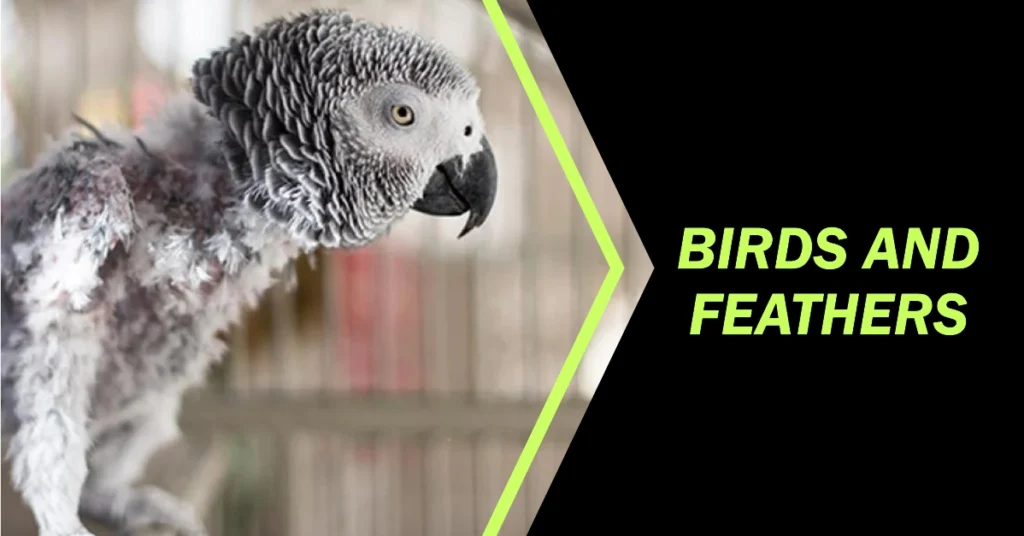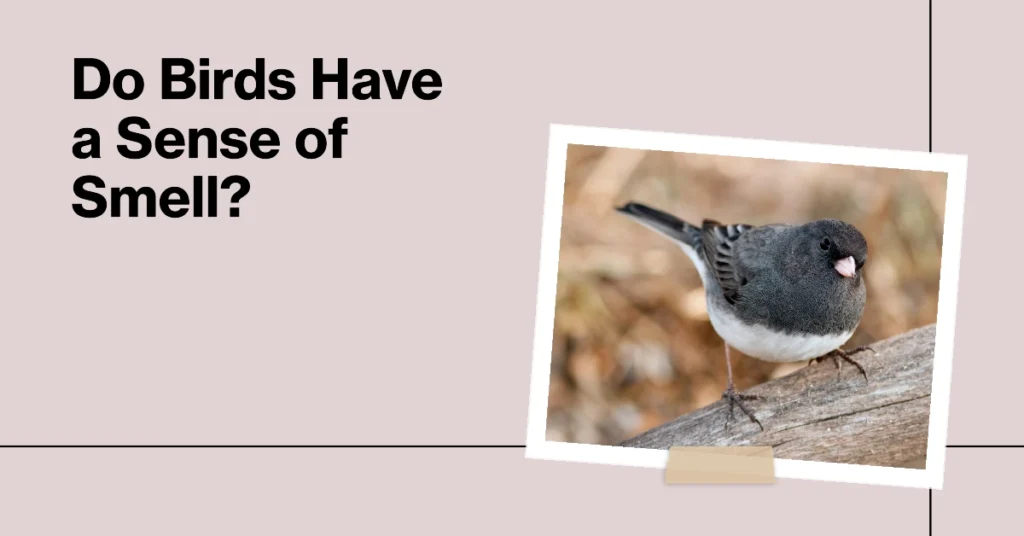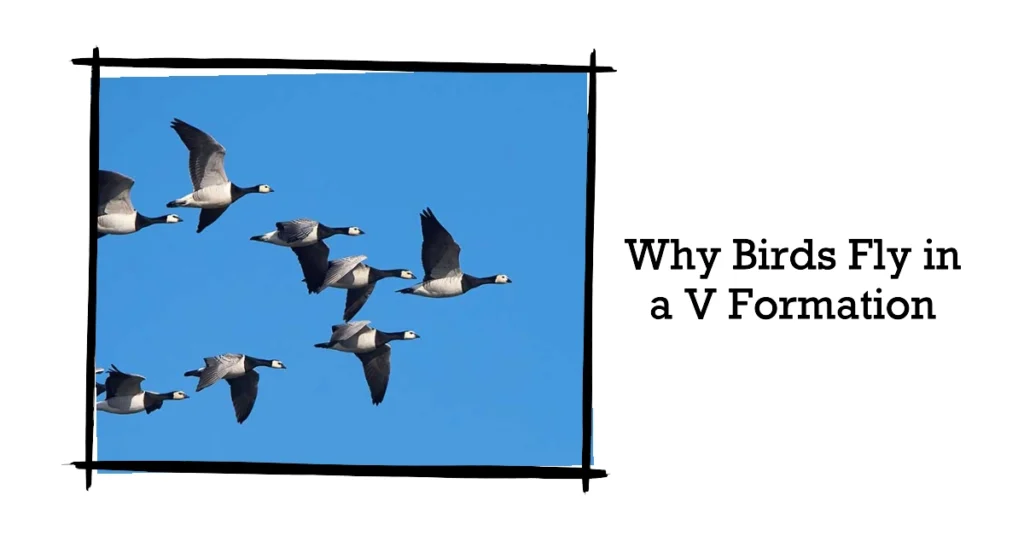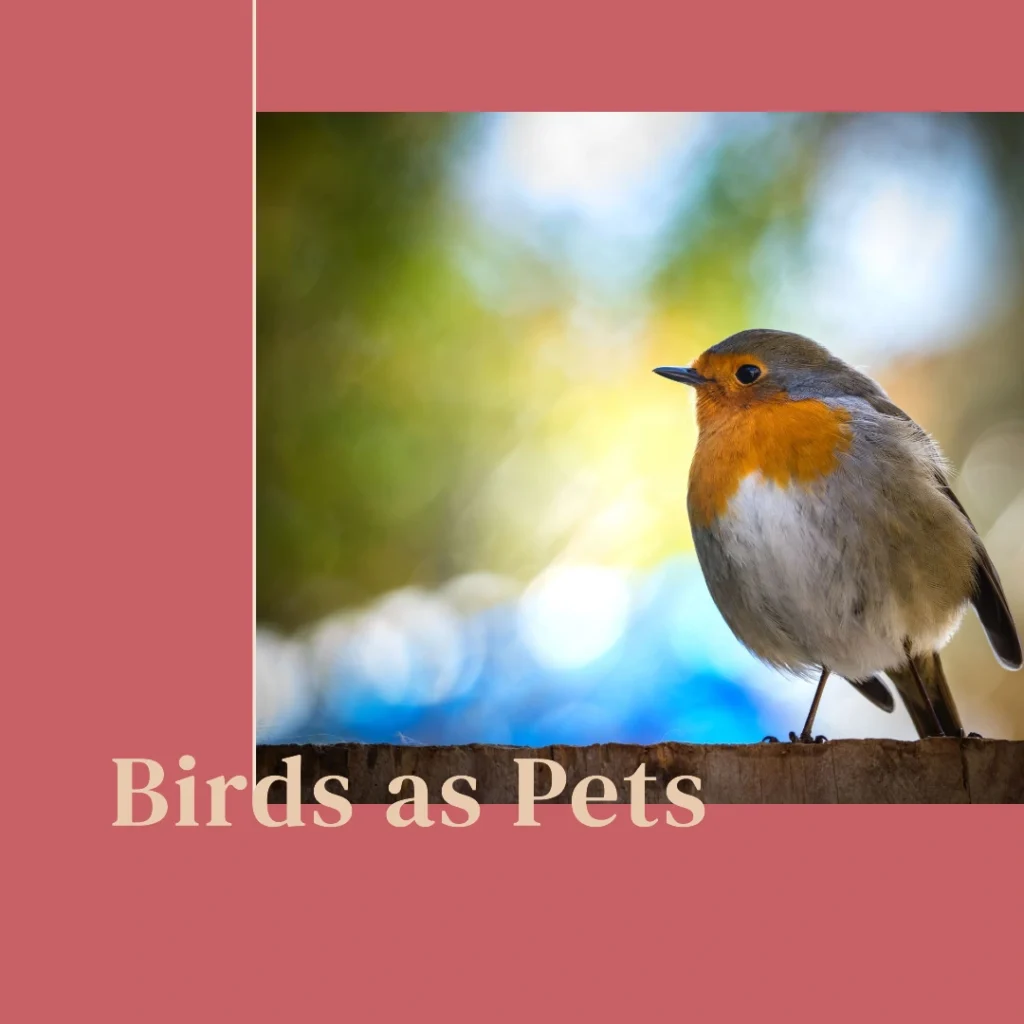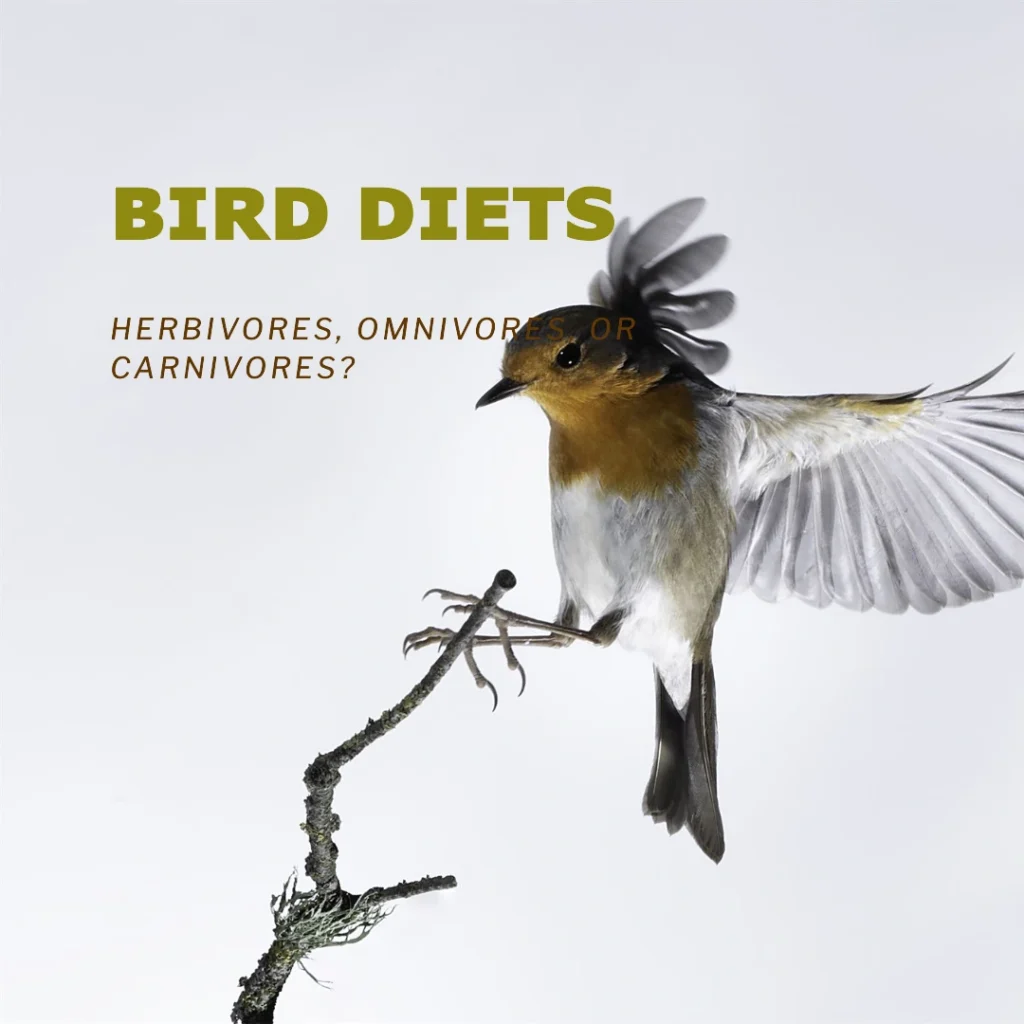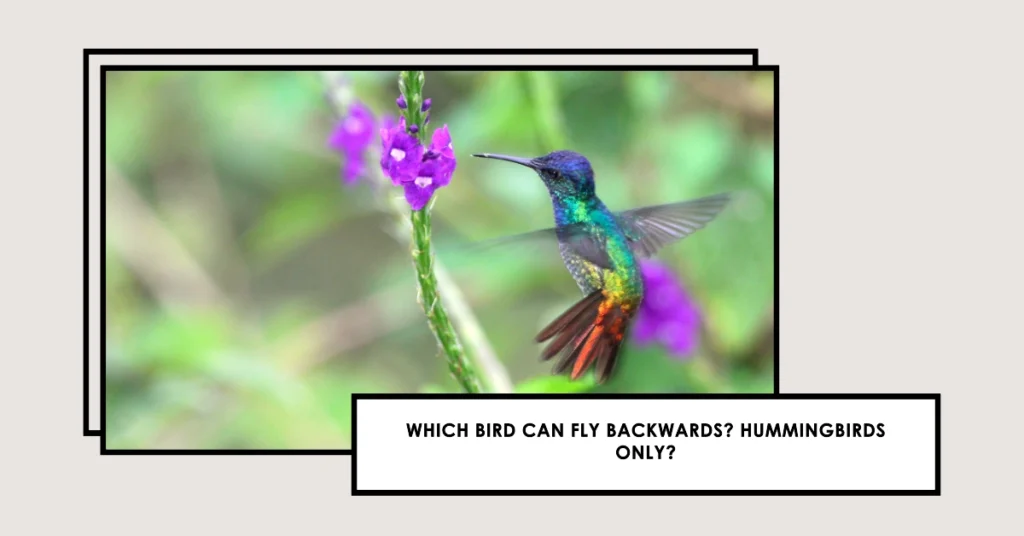
Birds are fascinating creatures with a variety of unique abilities. Among these, the ability to fly backwards is particularly rare. In fact, the only bird that can truly fly backwards is the hummingbird. This article will explore the unique characteristics of hummingbirds that enable them to perform this remarkable feat.
Where Do Hummingbirds Live?
Hummingbirds are native to the Americas, with species found from southern Alaska to Chile, although most live in the tropics. They have adapted to a wide range of habitats, from steamy rainforests to cool mountain slopes. Some common hummingbird habitats include:
| Habitat | Examples |
| Tropical forests | Amazon rainforest |
| Woodlands | Oak and pine forests |
| Deserts | Sonoran Desert |
| Mountain meadows | Andes Mountains |
| Gardens & parks | Backyard flower gardens |
Many hummingbird species are migratory, traveling long distances between breeding and wintering grounds. The rufous hummingbird has the longest migration of any hummingbird species, flying up to 3,900 miles from Mexico to Alaska each year.
Hummingbirds: The Only Birds That Can Fly Backwards

Hummingbirds are small, vibrant birds known for their incredible flying abilities. Unlike most birds, which can only fly forwards, hummingbirds can fly backwards, hover in place, and even fly upside down. This unique ability is due to several specialized adaptations in their wing structure and flight mechanics.
What Allows Hummingbirds to Fly Backwards?
Several key adaptations enable hummingbirds to fly backwards:
- Unique wing structure: Hummingbirds have a distinctive ball-and-socket joint at the shoulder that allows them to rotate their wings a full 180 degrees. This gives them unparalleled maneuverability compared to other birds.
- Rapid wing beats: Hummingbirds flap their wings at an astonishing rate, with some species reaching 80 beats per second. This high frequency generates the humming sound that gives them their name. It also provides the lift and thrust needed for backwards flight.
- Hovering ability: By flapping their wings in a figure-eight pattern, hummingbirds can hover in place. This skill is essential for feeding on nectar from flowers and is closely linked to their ability to fly backwards.
Wing Structure and Flight Mechanics
The key to the hummingbird’s ability to fly backwards lies in its wing structure. Hummingbirds have a ball-and-socket joint at the shoulder, allowing their wings to rotate 180 degrees in all directions. This flexibility enables them to move their wings in a figure-eight pattern, generating lift on both the upstroke and downstroke. This is different from most birds, which only generate lift on the downstroke.
Table: Comparison of Wing Mechanics
| Feature | Hummingbirds | Most Other Birds |
| Wing Joint | Ball-and-socket | Hinge-like |
| Wing Movement | 180-degree rotation | Up and down |
| Lift Generation | Both upstroke and downstroke | Downstroke only |
| Flight Capabilities | Forward, backward, hover, upside down | Forward, limited hovering |
High Metabolism and Energy Needs
Hummingbirds have an extremely high metabolism, which is necessary to support their rapid wing beats and energetic flight. Their wings can beat up to 80 times per second, and their heart rate can exceed 1,000 beats per minute. To fuel this intense activity, hummingbirds consume large amounts of nectar, which provides the necessary sugars for energy.
List: Hummingbird Metabolic Facts
- Wing beats: Up to 80 times per second
- Heart rate: Over 1,000 beats per minute
- Daily nectar consumption: Up to twice their body weight
- Metabolic rate: One of the highest among birds
Hovering and Feeding
One of the most impressive abilities of hummingbirds is their capacity to hover in place. This skill is crucial for feeding, as it allows them to extract nectar from flowers while remaining stationary. The figure-eight wing motion provides the stability needed to hover, making it easier for hummingbirds to feed efficiently.
Migration and Habitat
Hummingbirds are native to the Americas, with a range extending from Alaska to South America. Many species are migratory, traveling long distances between their breeding and wintering grounds. For example, the Ruby-throated Hummingbird migrates from North America to Central America, crossing the Gulf of Mexico in a single flight.
List: Hummingbird Migration Facts
- Range: North and South America
- Migration distance: Up to 3,900 miles
- Notable species: Ruby-throated Hummingbird, Rufous Hummingbird
Other Birds and Backward Flight
While hummingbirds are the only birds that can fly backwards for extended periods, some other birds can flutter backwards briefly. Species such as warblers, egrets, and herons can move backwards for short distances, usually as a defensive maneuver. However, these movements are not sustained and do not compare to the hummingbird’s controlled backward flight.
Attracting Hummingbirds to Your Garden

If you live in an area inhabited by hummingbirds, you can take steps to attract them to your yard:
- Plant native flowers that are rich in nectar, such as trumpet honeysuckle, bee balm, and cardinal flower. Red flowers are especially attractive to hummingbirds.
- Install hummingbird feeders filled with a solution of four parts water to one part white sugar. Clean the feeders regularly to prevent mold growth.
- Provide a water source, such as a shallow fountain or dripper. Hummingbirds like to bathe in running water.
- Avoid using pesticides in your garden, as these can harm hummingbirds and other pollinators.
By creating a hummingbird-friendly environment, you can enjoy the beauty of these amazing fliers up close.
Hummingbirds are truly nature’s masters of the air. Their ability to fly backwards sets them apart from all other birds and highlights their incredible aerial skills. By understanding and appreciating these tiny wonders, we can help protect them and the habitats they depend on.
Conclusion
Hummingbirds are truly unique in their ability to fly backwards, a skill that sets them apart from all other bird species. Their specialized wing structure, high metabolism, and remarkable flight mechanics enable them to perform aerial feats that are unmatched in the avian world. Whether hovering to feed or migrating across vast distances, hummingbirds continue to captivate and inspire with their extraordinary abilities.
Summary Table
| Feature | Hummingbirds |
| Wing Structure | Ball-and-socket joint, 180-degree rotation |
| Flight Muscles | 25-30% of body weight |
| Wing Beats | Up to 80 times per second |
| Speed | Up to 15 miles per hour |
| Heart Rate | Over 1,200 beats per minute |
| Migration | Up to 3,000 miles |
| Smallest Species | Bee Hummingbird (less than 0.07 ounces) |
| Feeding | Nectar and insects |
| Habitats | Tropical rainforests, deserts, urban areas |
| Unique Abilities | Hovering, flying backwards, flying upside down |
By planting nectar-rich flowers and providing feeders, you can attract these incredible birds to your garden and enjoy their amazing aerial displays.

